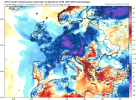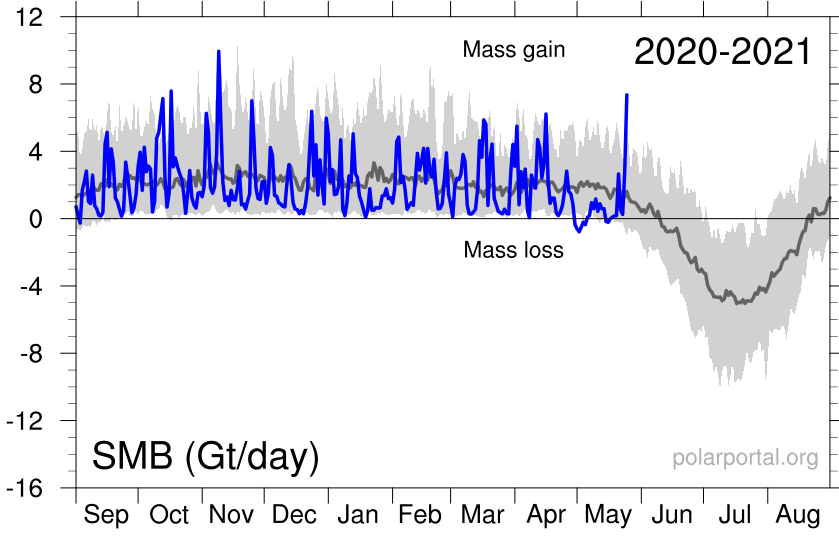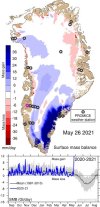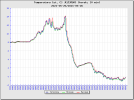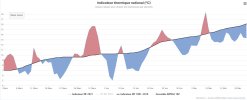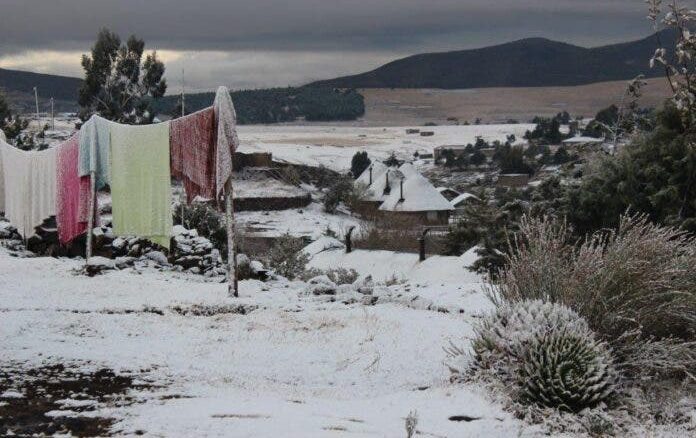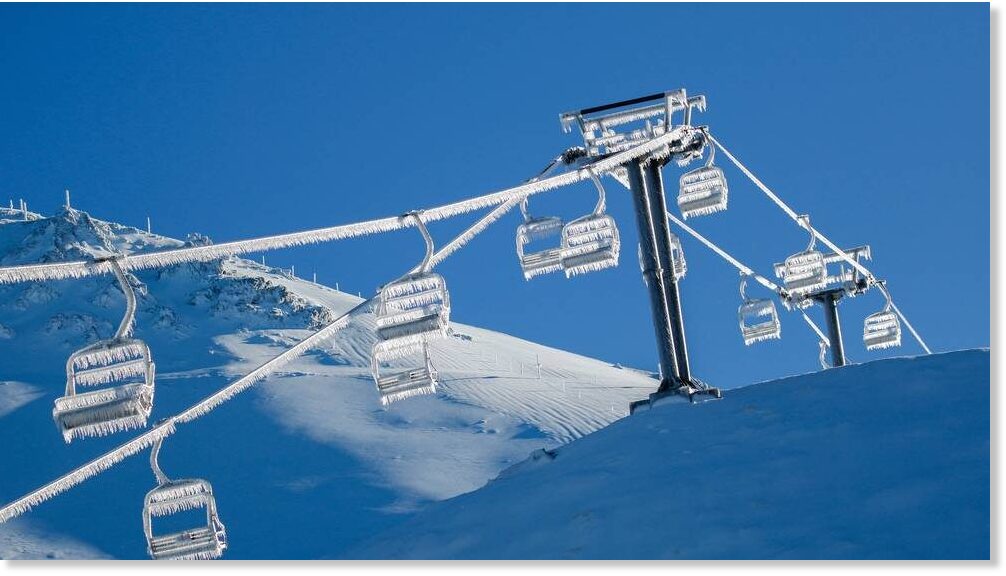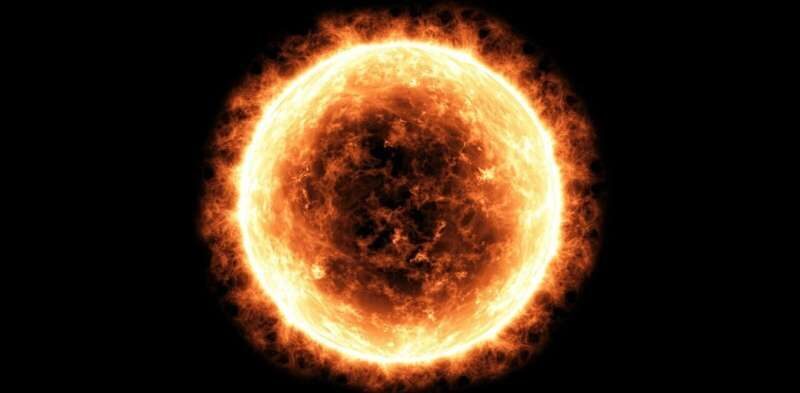XPan
The Living Force
Have you noticed the "sliding values" ?
Using the below tweet, when you look at the temperature scale.... notice that orange is a mere 10°C [50°F], and red only 17°C [62.6°F].... Why ? It just "screws with your mind".
I mean, neither 10°C nor 17°C are temperatures deserving the associations of orange or red colors. The thing is, that the same thing has happened in German TV Weather illustrations: They do the same thing. 30 years ago, you would not assign red colors to temperatures below 30°C, not even below 25°C or 20°C. Today the color scale has been lowered by a lot ! I also notice it here, in this daily updated link for MAX temperatures in Europe (or see illustration below), that temperatures around 23°C are already marked as red.
But that's not any remarkable heat ! Yet, it makes it all look unusual hot....
Talk about psychological voodoo...
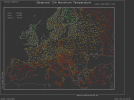
active
Using the below tweet, when you look at the temperature scale.... notice that orange is a mere 10°C [50°F], and red only 17°C [62.6°F].... Why ? It just "screws with your mind".
I mean, neither 10°C nor 17°C are temperatures deserving the associations of orange or red colors. The thing is, that the same thing has happened in German TV Weather illustrations: They do the same thing. 30 years ago, you would not assign red colors to temperatures below 30°C, not even below 25°C or 20°C. Today the color scale has been lowered by a lot ! I also notice it here, in this daily updated link for MAX temperatures in Europe (or see illustration below), that temperatures around 23°C are already marked as red.
But that's not any remarkable heat ! Yet, it makes it all look unusual hot....
Talk about psychological voodoo...

active




